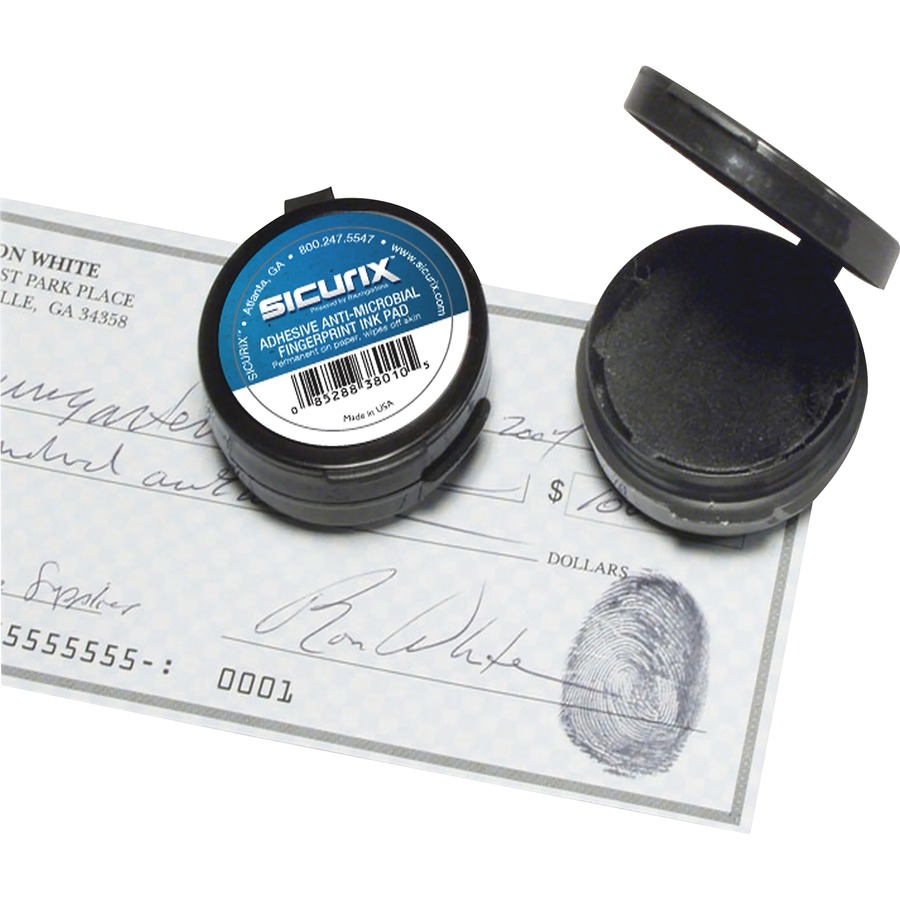
#FINGERPRINT PAD HOW TO#
Filling 10 digit fingerprint card (check article: How to Fill and Extract Data From Fingerprint Card?).Here are some common practices where you should avoid stamp pads for recording fingermarks. Therefore, for forensic, notary, and legal purposes, I personally advise you to say “ a big NO” to stamp pads for lodging finger ridges. fingerprints are not very clear, fade over time, and become smudged over the paper, resulting in illegible fingermarks after a few months. I know from my experience, there is a cost of using stamp pads, i.e. Honestly, I too used a stamp pad to register my fingerprint.


Waterproof Prints Yes Not usually seen Fadness of Fingerprints Permanent and non-fading marks Fade-ness is common Ink Type Oil-based ink and inkless Water-based (premium ink pad uses oil-based) Inking Residue on fingers Very little ink that washed easily Fingers are often painted with color Inking Plate Hard, rigid, and even surface Soft and pressable pad surface Plate Material Glass, metal, or scratch-resistant plastic Soaked films of fibers Ink Thickness Viscous and thick Too light and thin Absorbability Moderately absorb Absorbs readily on paper Drying rate Dry moderately on paper Liquid on pad but dry quickly on paper Inked finger Fine and even coating of ink Shinny and wet Ink Bloating Not commonly seen Quite common, mostly at core or edges of fingers Blurriness Not usually seen Blurriness due to readily absorbability Federal Agencies Recommendation Recommend Not recommended When to Avoid Stamp Pads for Fingerprint Development? This table also helps you understand why you should use a fingerprint pad and avoid stamp pads for fingermarks? Features Fingerprint Ink Pad Stamp Ink Pad Ridge Detailings Often crips, clear, with high contrast Illegible, fine-less and non-crispy Ink Color Usually black Black, Red, Orange, Green, Blue, Purple, and Pink. Here are some of the differences that I discovered from researching a couple of books and research papers.


 0 kommentar(er)
0 kommentar(er)
